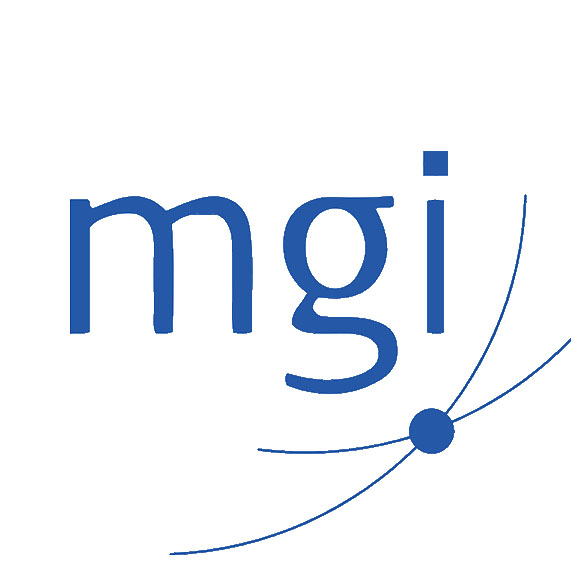A new year is traditionally seen as a time to make resolutions for change. I therefore thought it might be useful to provide you with my top tips for good financial health.
In a previous blog, Three Key Ratios for Business Success, I talked about the need for any business to achieve a certain rate of return on the capital invested in that business.
Tip #1 – Realise that your business is just a pot of money – your money. Conceptually, every business is the same. They use capital to produce a profit. In our “pot” we usually put equity capital (money belonging to the owner and reinvested profits) and debt funding (obtained from the bank, leases, HP’s etc.) – the inputs of the business. Out the bottom of the “pot” drops sales, less expenses to leave a profit – or the outputs of the business. The key is to maximise outputs and minimise inputs.
Tip #2 – Decide what rate of return you want from your business and think about how you have arrived at that rate. After all, you can get 4% in ten year, risk-free government bonds. On a broad portfolio of publicly traded blue chip stocks you should expect a long term average of around 12%. Therefore, you should generally expect a higher rate of return for your business, which is not publicly traded (i.e. easily sold) and usually in one industry, not a broad portfolio of companies.
Tip #3 – Know and understand the financial “drivers” of your business. Is it volume/sales driven? Is it margin driven? Is working capital a key driver or are you in a capital intensive industry with large investment in plant and equipment? It’s no use selling more if it is at the expense of margin and you end up making less profit. Either way, you need to know in what area, changes will give you more “bang for buck”.
Tip #4 – Many small changes can make a big difference. Some business owners think their panacea can be achieved by simply increasing prices or increasing sales. Based on my experiences, small achievable changes made to a handful of areas can have a multiplied effect on return on capital employed (ROCE). Focus on the key driver for your business (Tip 3) but also look at other areas including working capital management, under-utilised assets and margin.
Tip #5 – Plan to get a certain ROCE. Don’t just expect it to happen. Once you’ve decided on the minimum rate of return you want from your business (Tip 2), do the necessary financial modelling so that you know what needs to change (Tips 3 & 4) in order for you to achieve your desired return.
Tip #6 – Finally, profit is opinion – cash is fact. Know and understand what your free cash flow (FCF) is. You can still make a profit but have no (or negative) cash flow. This is because management decisions and accounting policies have an impact on how profit is reported. Assumptions are also made regarding depreciation rates for plant and equipment and these also impact on profit. Businesses are also growing, which means more and more cash is chewed up in more and more stock, debtors and plant. Many fast-growing businesses have gone broke through lack of cash flow.
As an adviser to family and privately owned businesses, I have business clients of various sizes. Some are large, high growth businesses with hundreds of employees and multiple offices. Others are what might be considered ‘small’ (e.g. sales of up to say $5m), however similar issues are shared by all of these businesses.







